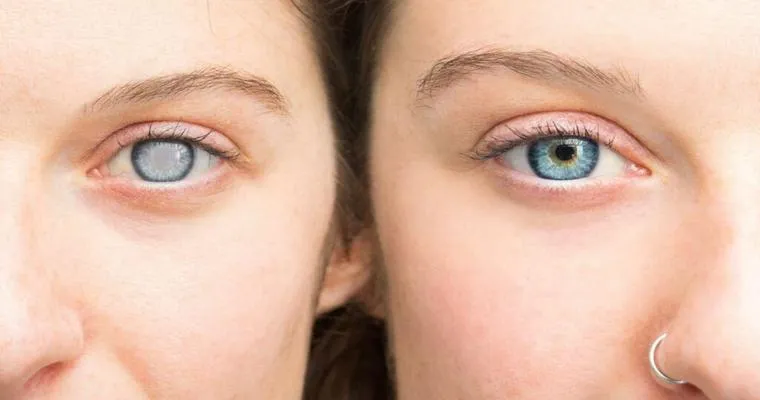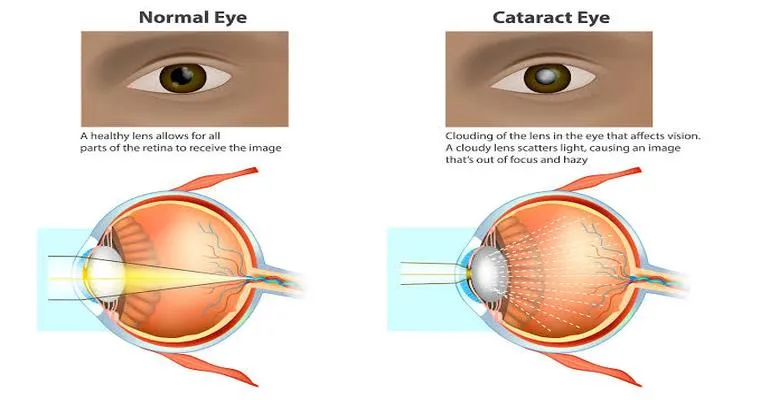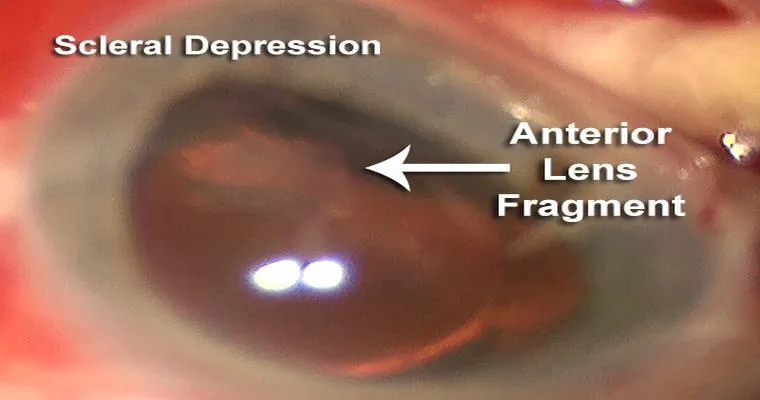Cataracts are a common "eye condition" that primarily affects older adults, leading to "vision impairment" and, in severe cases, blindness. Understanding "cataracts" is essential for anyone looking to maintain their "eye health" as they age. This article will provide a comprehensive overview of cataracts, including their causes, symptoms, treatment options, and preventive measures.
What are Cataracts?
Cataracts form when the "lens of the eye" becomes cloudy, obstructing light and resulting in blurred vision. This condition can develop in one or both eyes and is often gradual, making it easy for individuals to adapt to the changes in their vision. Over time, however, the cloudiness can become more pronounced, significantly impacting daily activities.
Causes of Cataracts
Several factors can contribute to the development of cataracts. The most common cause is "aging", as the proteins in the lens begin to break down and clump together. Other risk factors include:
"Diabetes": Individuals with diabetes are at a higher risk of developing cataracts.
"Smoking": Tobacco use has been linked to an increased likelihood of cataracts.
"Excessive UV exposure": Prolonged exposure to sunlight can damage the lens and promote cataract formation.
"Family history": A genetic predisposition can also play a role.
Symptoms of Cataracts
Recognizing the symptoms of cataracts early can lead to timely intervention. Common signs include:
Blurred or cloudy vision
Difficulty seeing at night
Sensitivity to light and glare
Double vision in one eye
Fading colors
If you notice any of these symptoms, it is essential to consult an "eye care professional" for a comprehensive examination.
Diagnosis of Cataracts
Diagnosis typically involves a thorough eye examination by an "ophthalmologist". During the exam, the doctor will assess vision clarity, check for any cloudiness in the lens, and determine the extent of the cataract's impact on vision. Additional tests may be conducted to rule out other "eye conditions".
Treatment Options
When cataracts begin to interfere significantly with daily life, treatment options become necessary. Initially, stronger glasses or magnifying lenses may help. However, if vision continues to deteriorate, the most effective treatment is "cataract surgery". This procedure involves removing the cloudy lens and replacing it with an artificial intraocular lens (IOL). Cataract surgery is one of the most common and successful surgical procedures performed worldwide.
Preventive Measures
While not all cataracts can be prevented, certain lifestyle choices can reduce the risk of developing them:
"Regular eye exams": Early detection is crucial.
"Sunglasses": Protect your eyes from UV rays by wearing sunglasses outdoors.
"Healthy diet": Consume a diet rich in fruits, vegetables, and antioxidants to support eye health.
"Quit smoking": Reducing or eliminating tobacco use can lower the risk of cataracts and other "eye diseases".
Conclusion
Cataracts may pose a challenge to vision, but understanding this common condition can empower individuals to take proactive steps towards maintaining their "eye health". By recognizing the symptoms, seeking timely diagnosis, and considering treatment options, individuals can preserve their vision and continue enjoying life to the fullest. If you suspect you have cataracts or are at risk, schedule an appointment with your eye care professional today to get a clearer picture of your eye health.





